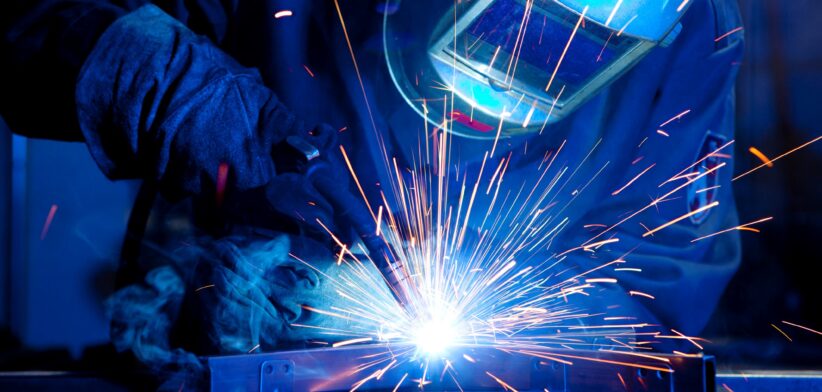The researcher who outlined the dangers of engineered stone has led a new study which has found Australian welders are being exposed to dangerous fumes.
Dr Renee Carey, from Curtin University, said the new study revealed at least 46,000 Australian welders were being exposed to high levels of potentially cancer-causing fumes at work, with little being done to protect them.
The Australian-first joint-project with the University of Sydney, funded through the Centre for Work Health and Safety, surveyed 634 workers and employers involved in welding across the country.
Dr Carey said the survey revealed about 90 percent were being exposed to “welding fume”, a mixture of very fine particles and gases produced when a metal was heated above its boiling point.
She said welding fume was a known carcinogen in humans.
“Of the participants found to be exposed to welding fume, 76 percent were deemed to be exposed at a high level, while other carcinogenic metals were also often present — most commonly hexavalent chromium and nickel.”
Dr Carey, who was previously involved in a landmark study outlining the dangers of working with engineered stone, said many welders in Australia could be at risk of developing serious health problems.
“Data shows at least 60,000 people are employed as welders, however the number of people who complete welding tasks as part of their job would be far higher,” Dr Carey said.
“Welding fume exposure has been associated with various adverse health effects, including cancer, respiratory disease, neurological disorders and reproductive effects.”
Study co-author Professor Tim Driscoll, from the University of Sydney, said the exposure risk was exacerbated by the conditions in which most welders worked.
Professor Driscoll said two-thirds of respondents said they welded in restricted spaces and nearly half said they worked in confined spaces.
He said almost 90 percent also reported leaning over the welding area while working, often putting their breathing zone directly above the fume source.
“Despite this, only 19 percent of study participants said their workplace had some form of mechanical ventilation, such as a welding booth or exhaust hoods,” Professor Driscoll said.








